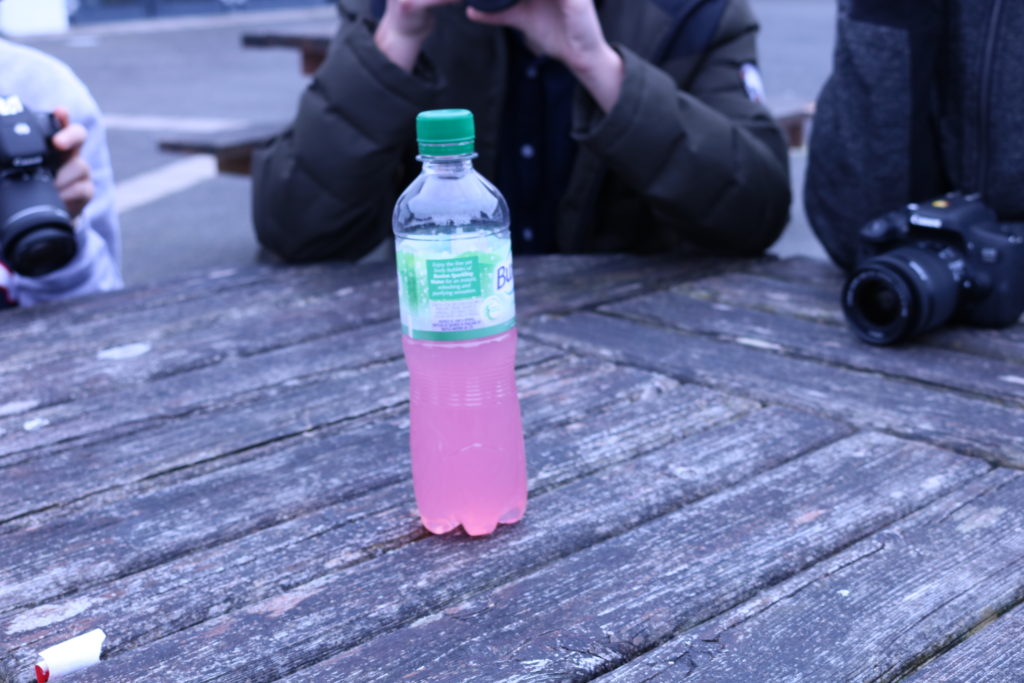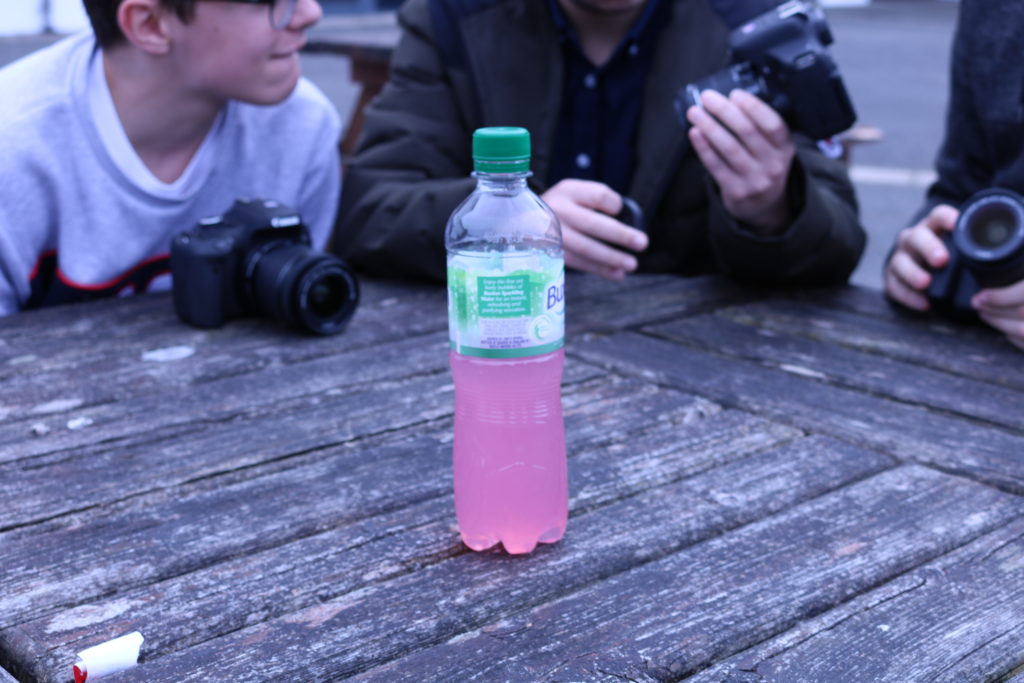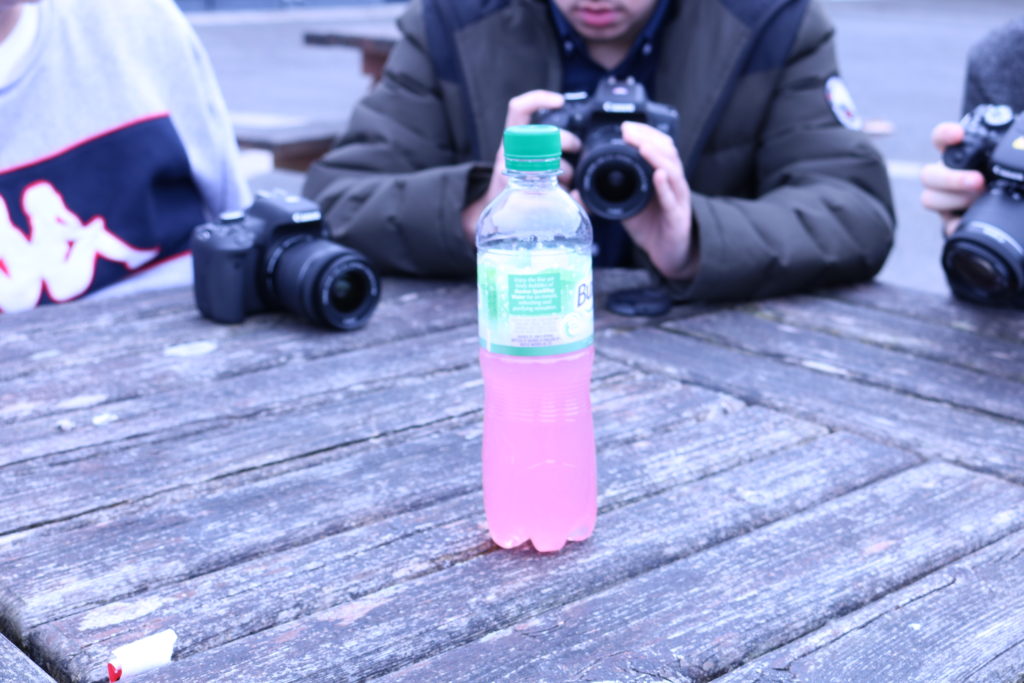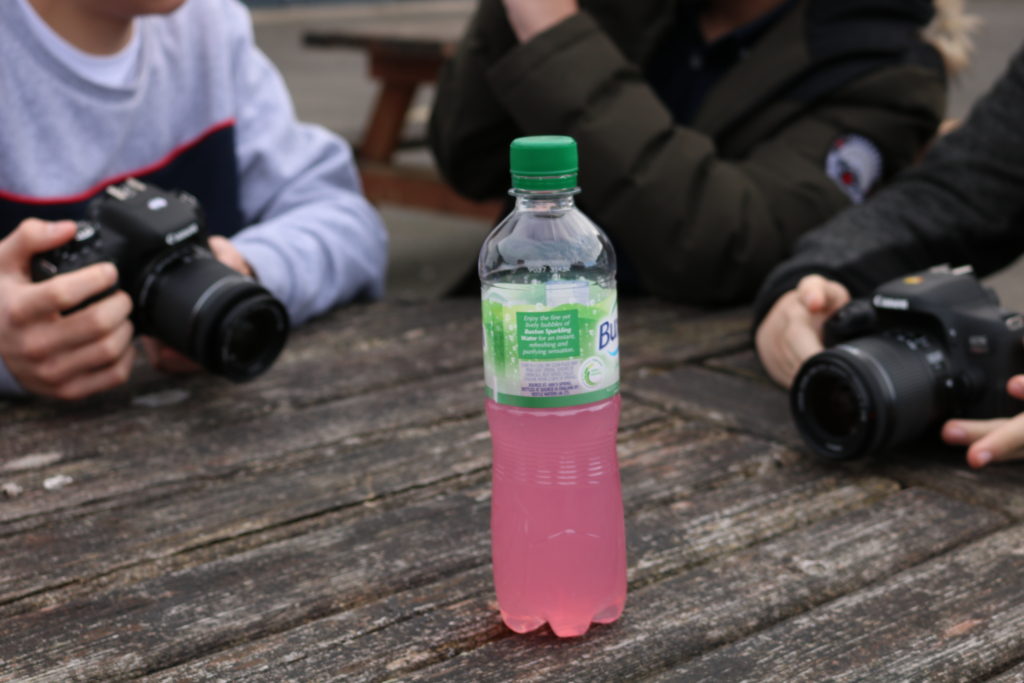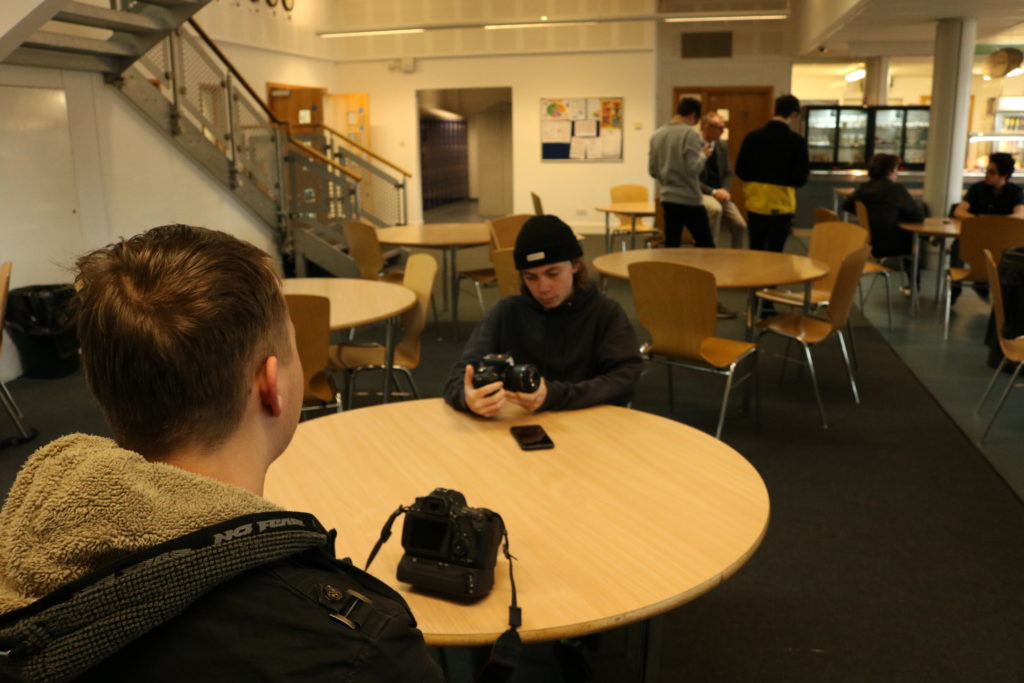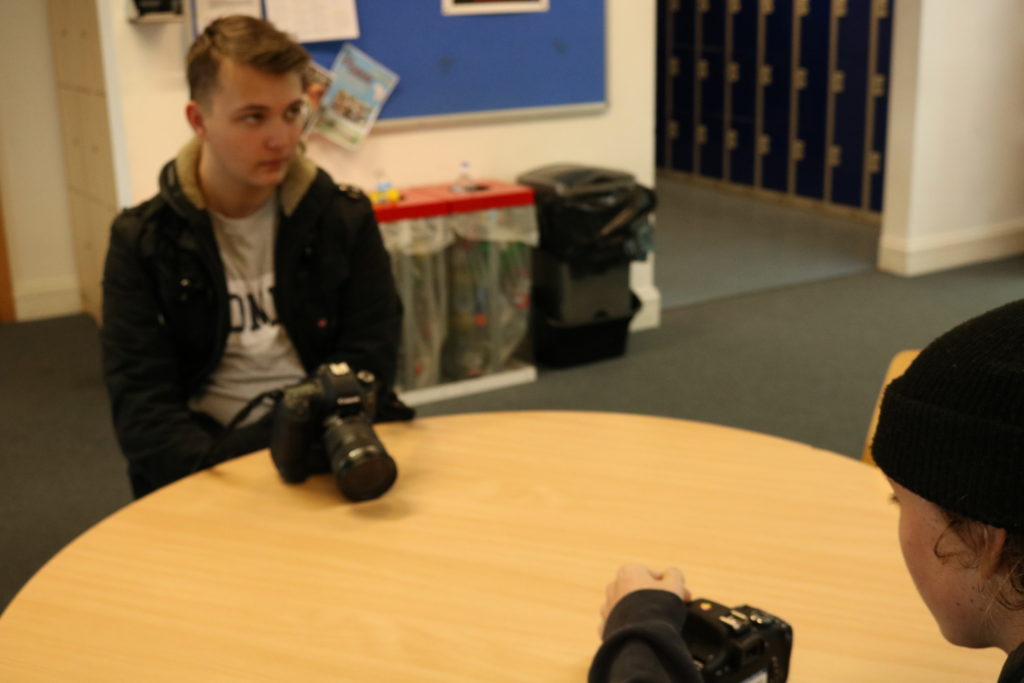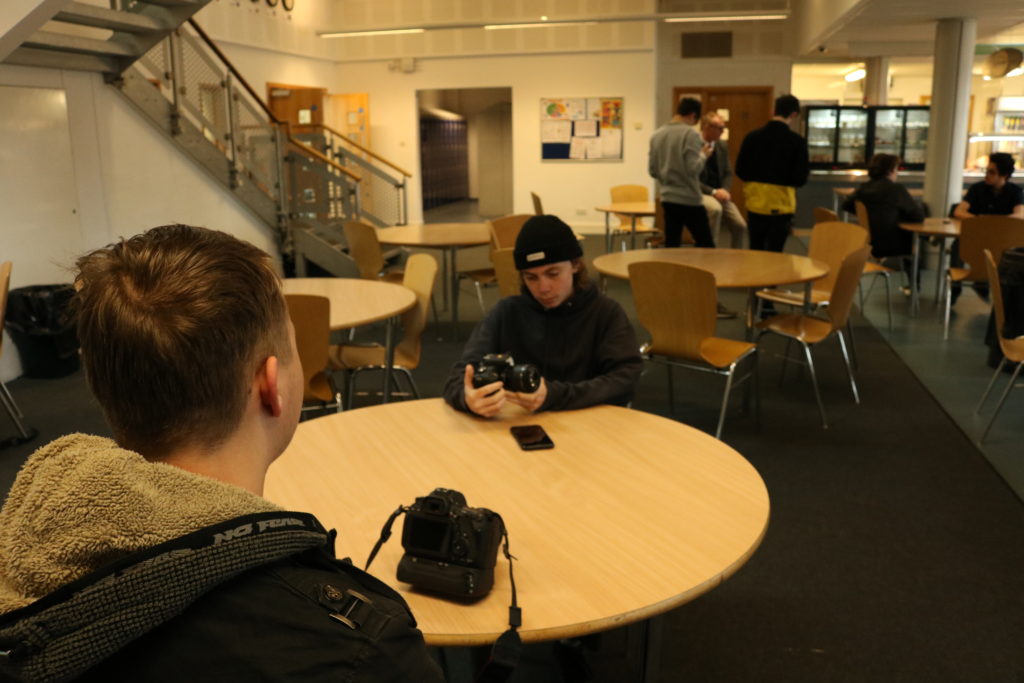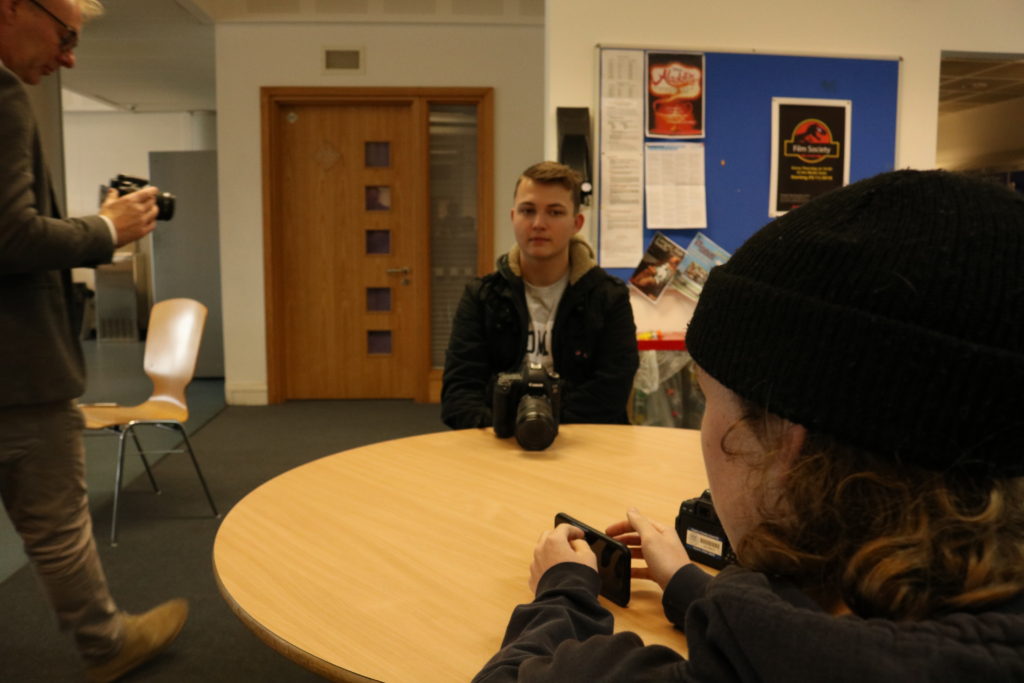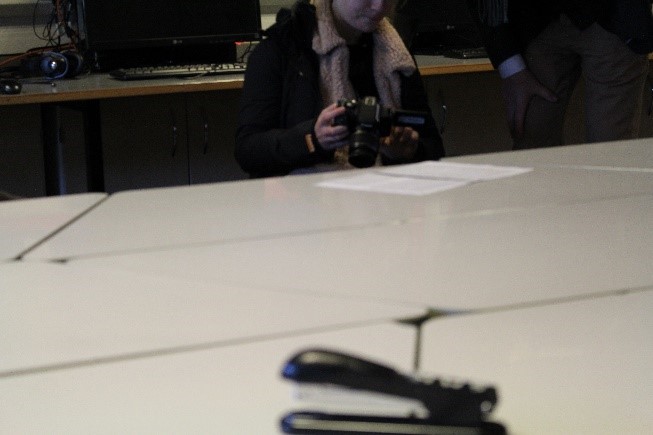All posts by Molly
Filters
White balance
This is the original photo with a slightly higher shutter speed due to the outside light balance being different to instead

This is the same photo, but with the white balance as ‘daylight’. This setting has the lowest colour balance, the image is darker and can be considered more warm colours

This is the same photo with the white balance as ‘white fluorescent’. Since this setting has the highest colour temperature, the image looks much brighter and there is too much light in the image

Finally, the setting ‘cloudy’ is used to give the photo a bright tinge. This has a higher colour temperature so the image is quite bright but not to the point where it affects our ability to view the photo

Establishing shot, shot-reverse shot and 180 degree rule
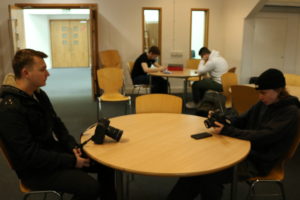
Establishing shot shows character seemingly starting to converse. These are typically mid/long shots which set the scene by showing the characters and setting right away
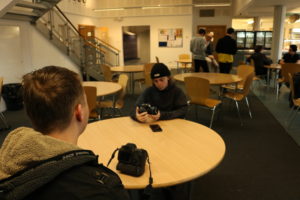
This is the shot

Reverse shot
Shot reverse shot, 180 degree rule and master shot definitions
Shot reverse shot is a film technique where one character is shown looking at another character (often off-screen), and then the other character is shown looking back at the first character. The shot is heavily used by the Coen brothers as seen below
The 180 degree rule explains that by keeping the camera on one side of an imaginary axis between two characters, the first character is always frame right of the second character
A master shot is a film recording of an entire dramatized scene, from start to finish, from an angle that keeps all the players in view.
Favorite film score
My favorite film score is from ET (1982, by Steven Spielberg) Not only is the music catchy and lively, but it represents the magical and unique themes within the film. The soundtrack is compromised of 8 tracks, all of which bring something different to the film.
Composer John Williams won his forth academy award from the soundtrack, and although it was classical it blended genres because it represented the variety of themes prominent in the film
Photo tests
In these photos, I set my camera to manual focus and adjusted this to create a shallow focus. As a result, the foreground is in clear focus on the first image: blurring the background which keeps our attention grounded to the foreground. This concept is reversed for the second photo, where the background is in clear focus compared with the blurry foreground
Next, I experimented with the white balance to create several different hues and colouring of the same image. This led to the reproduction of the image, but with a slightly altered hue such as yellow or blue. This can be useful to create a mood or atmosphere, but also to signify indoors or outdoors
I lowered the ISO, which creates low-key lighting and generally darkened the photo

I used the manual focus to create the following photos. With the first image, I adjusted the focus so that the image was blurry and the letters were illegible. Next, I ensured that there was a clear enough focus to easily read the letters
THE STORY OF FILM: AN ODYSSEY EPISODE 2
The leading exponent of French impressionist cinema was considered Abel Gance who directed ‘Napoléon’, 1927. Shots are merged together in a unique way, which ensures verisimilitude. The camera constantly moves, which is something rarely done before.

Luis Buñuel and Salvador Dalí were the leading directors in surrealist cinema. Surrealist cinema was considered innovative but absurd, it involved the use of shocking imagery to challenge the common conventions at the time.
‘Un Chien Andalou’ or ‘An Andalusian Dog’ as it is known as in English, was the 1929 hit directed by Bunuel which really showcased surrealism. Dali collaborated with Hitchcock t create a surrealist dream sequence in the 1945 film ‘Spellbound’
THE STORY OF FILM: AN ODYSSEY episode 2
Buster Keaton was best known for his silent films, in which his trademark was physical comedy with a consistently stoic, expression which earned him the nickname “The Great Stone Face
He starred in and directed the 1926 action ‘The General’

Charlie Chaplin was a prominent slapstick comedy star from 1914 onwards.
Perhaps most notably, Chaplin starred in and directed ‘The Kid’ in 1921
Harold Lloyd was one of the most popular and influential film comedians of the silent film era. He was most-known for his famous ‘glass’ character, in tune with 1920s-era United States. He starred in ‘Safety Last!’ in 1923 directed by Fred C. Newmeyer and Sam Taylor
Their films could become global, since they were silent so aspects could be adapted and inspired from the work of the three stars
The Italian equivalent to Chaplin was called Toto
Jacques Tati was considered the French equivalent to Chaplin due to the similarities in slapstick, silent acting
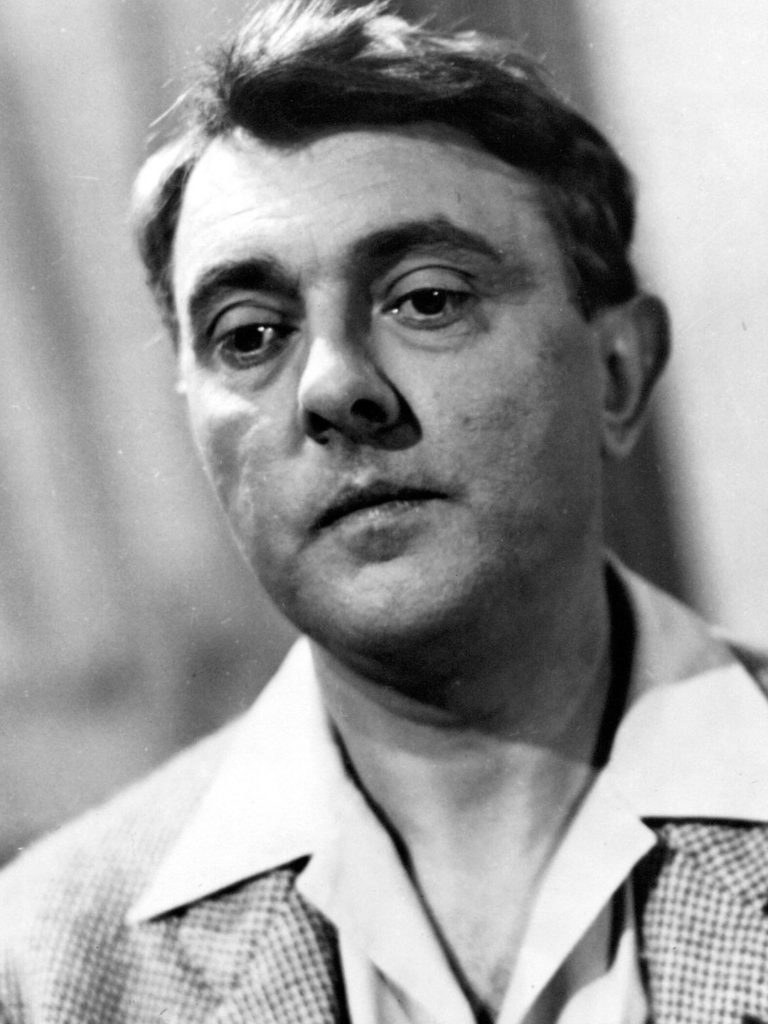
Studio lighting test

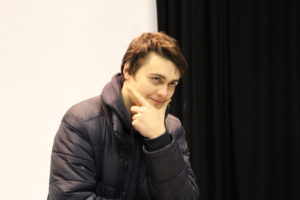
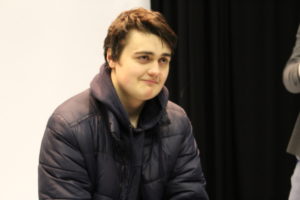
Chase scene influences for production role 3
The Bourne Ultimatum (2007, by Paul Greengrass): ‘Three to tango in Tangier’
- This particular scene is one of the most well-known climactic chase scenes in contemporary cinema
- This can be due to the tension created by the fast cuts and editing style which allows the audience to feel immersed in the action

The Matrix (1999, by Lana and Lilly Wachowski): ‘The One on the run’
- There is a mix between fast paced and drawn out tension in this scene
- Slow motion effects are used to stop and force the audience to think about what is happening

Seven (1995, by David Fincher): ‘Chasing John Doe’
- Although this is a thriller, not an action, it features an intense chase scene at around the half-way point
- The audience never know where Mills is running which adds a sense of mystery which inspires the premise and ultimately scene from my film

The Third Man (1949, by Carol Reed): ‘Lyme’s labyrinth’
- This is one of the most visually appealing chase scenes in terms of Mise en scene and cinematography as well as the action
- Everything is timed well, and regardless of the tension created by the chase – it is the cinematography which elevates this scene

Point Break (1991, by Kathryn Bigelow): ‘100% pure adrenaline’
- This film includes lots of action sequences, but this one is arguably the best perhaps due to the variety of techniques used and because it doesn’t rely on CGI effects
- Such as: POV tracking shot, slow motion, and several swooping shots around the many extras
Minority Report (2002, by Steven Spielberg): ‘The future is out to get you’
- Inspired particularly by the unique camerawork which includes the audience as part of the scene
- Not just any chase scene, has a logical story and reasons behind it

